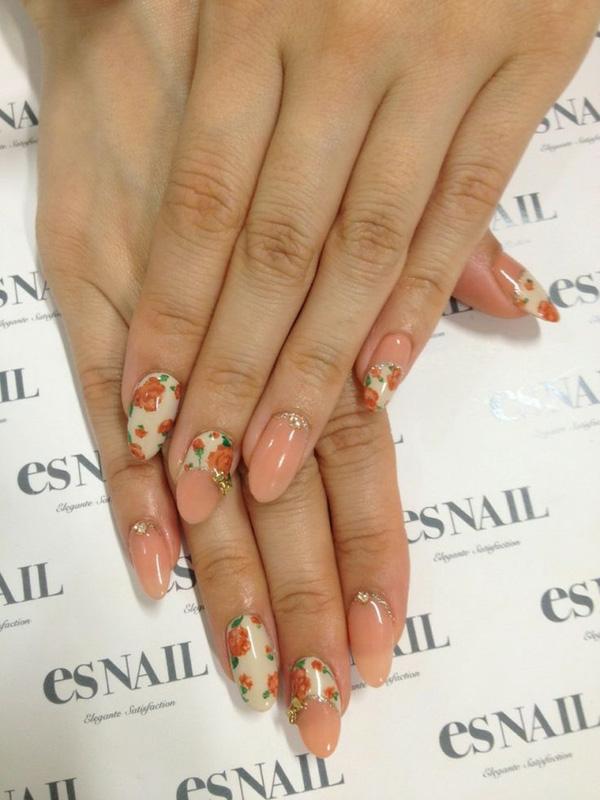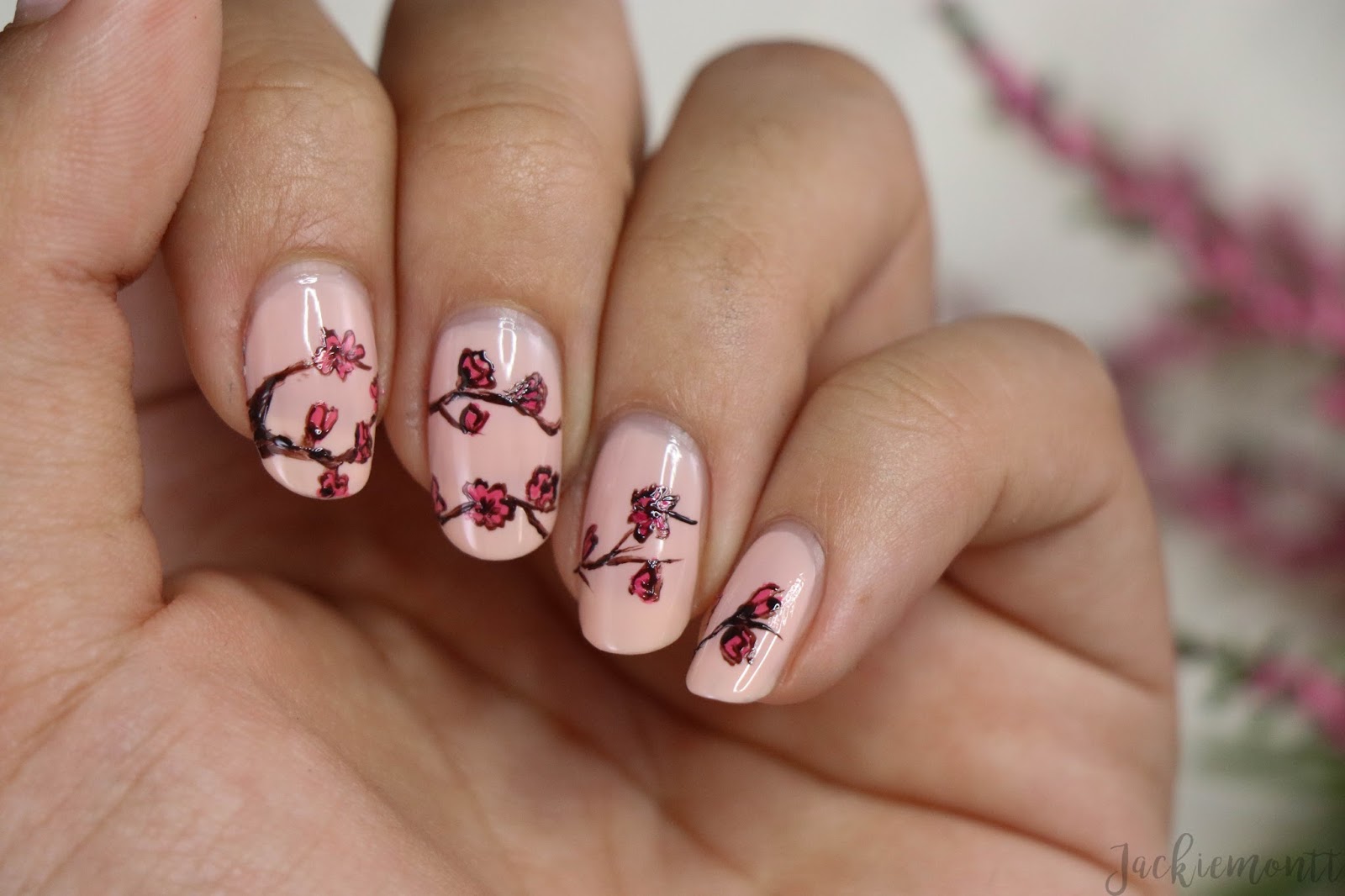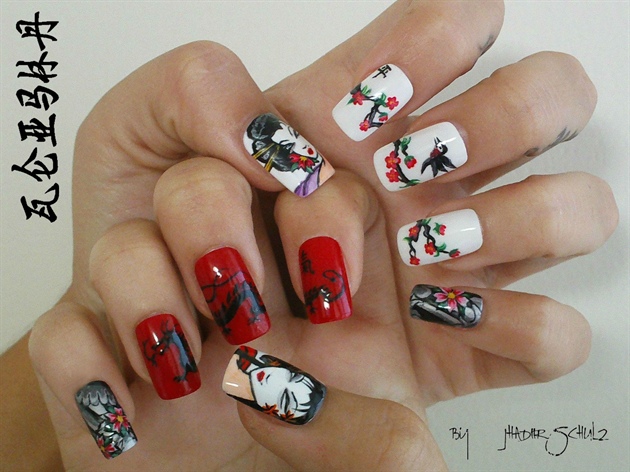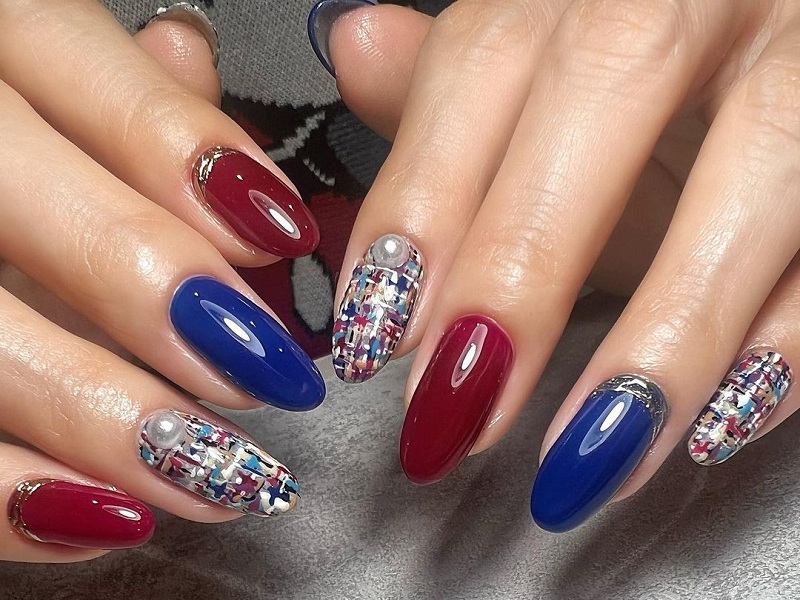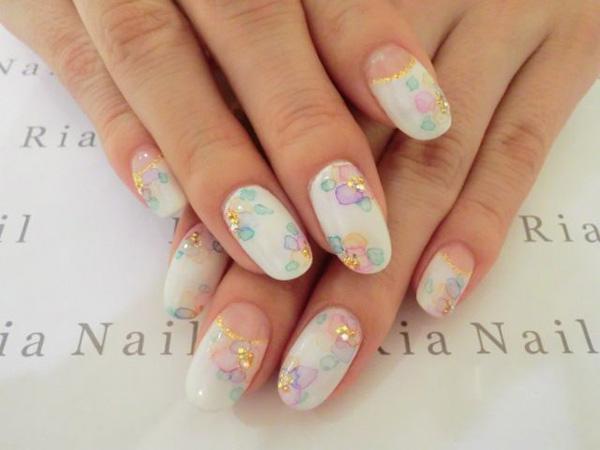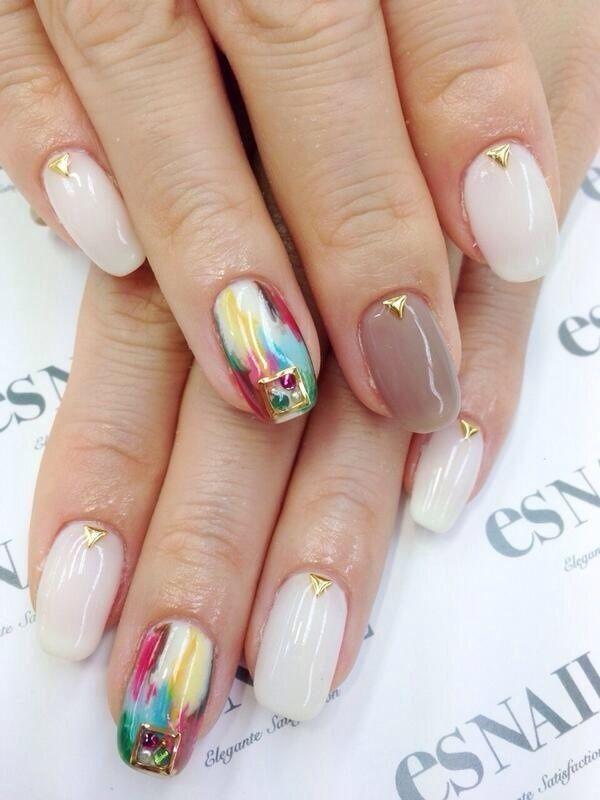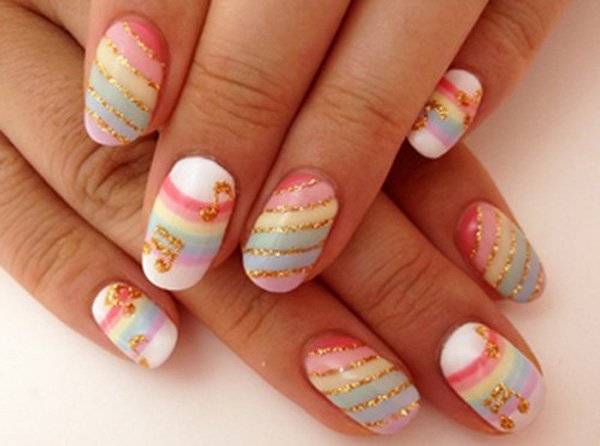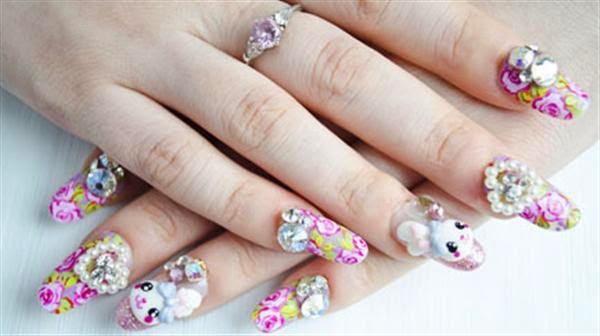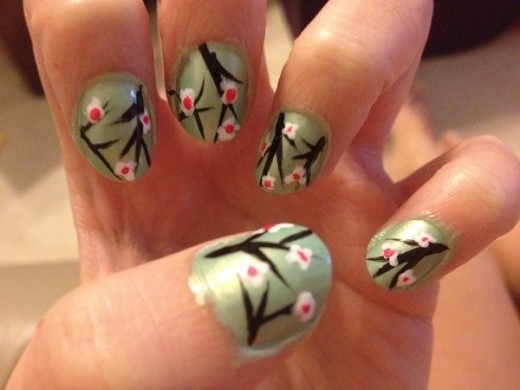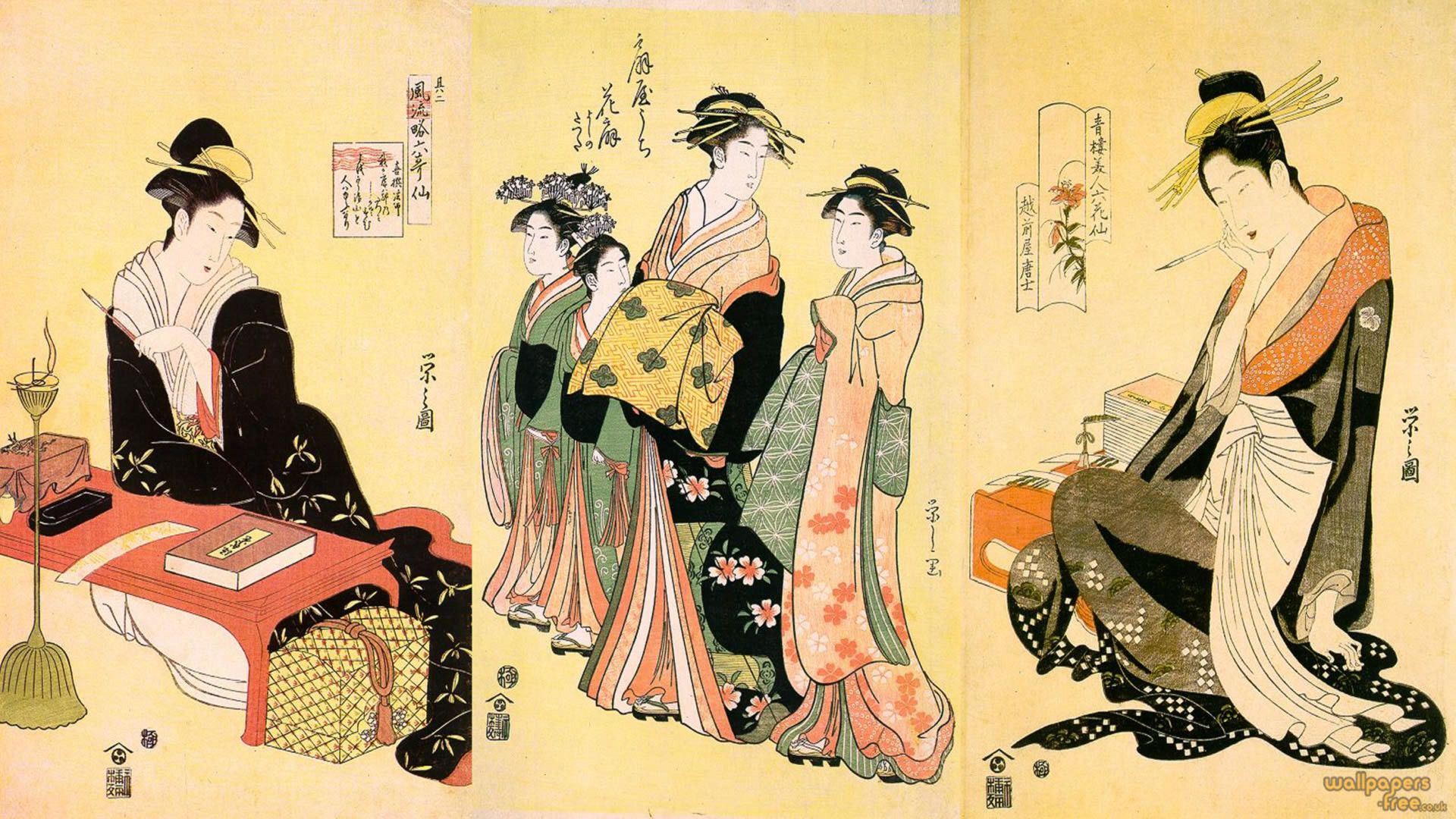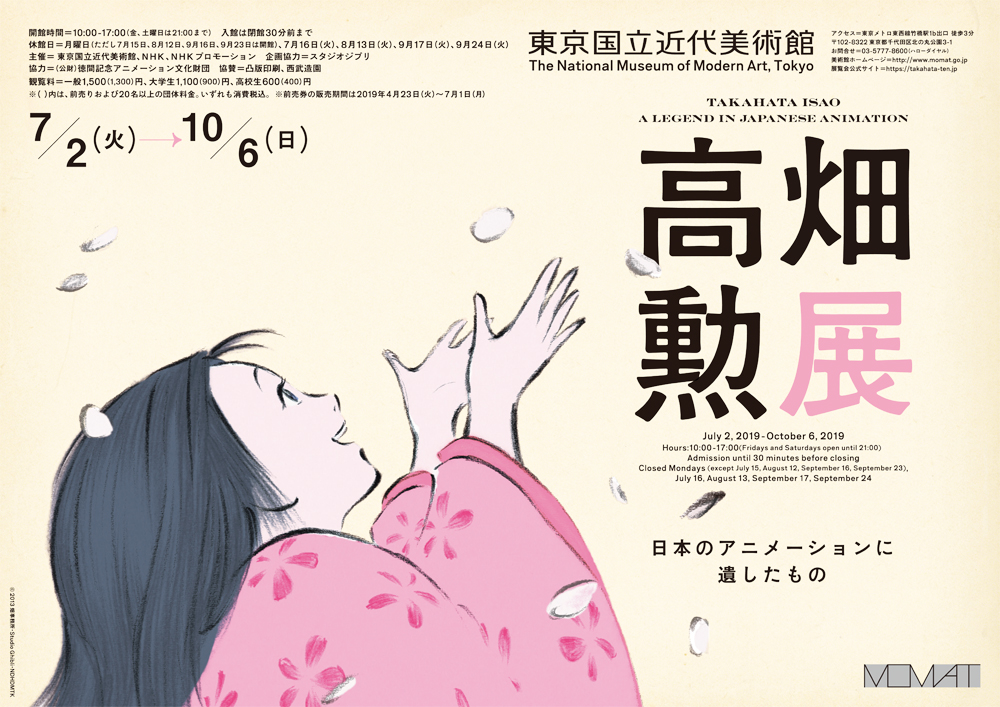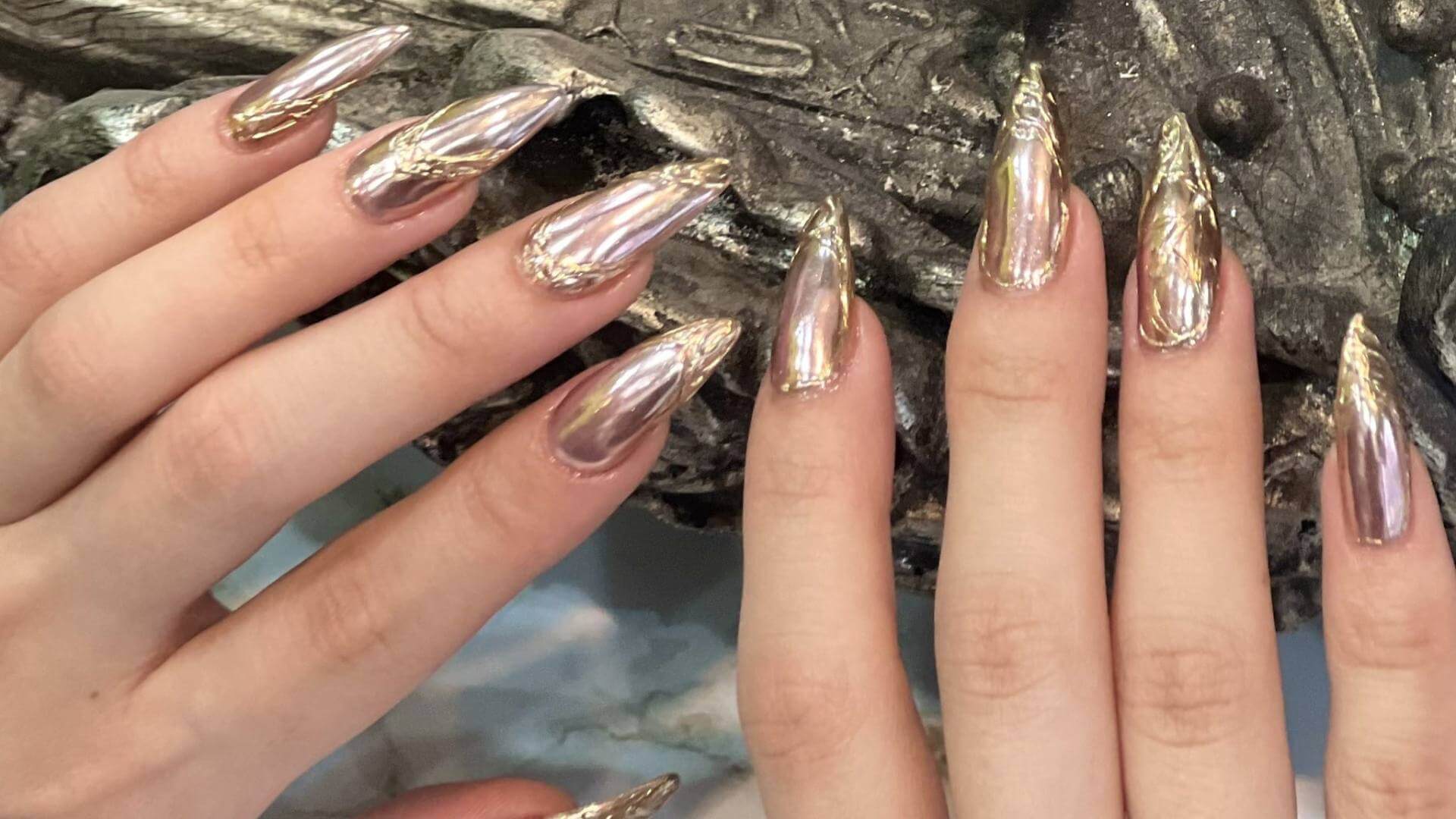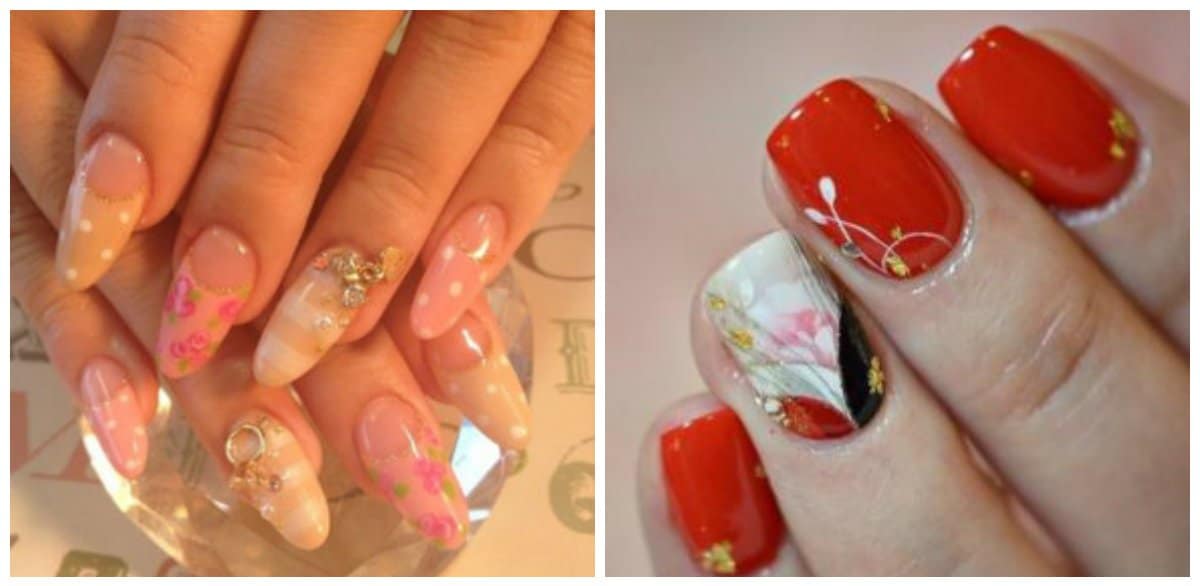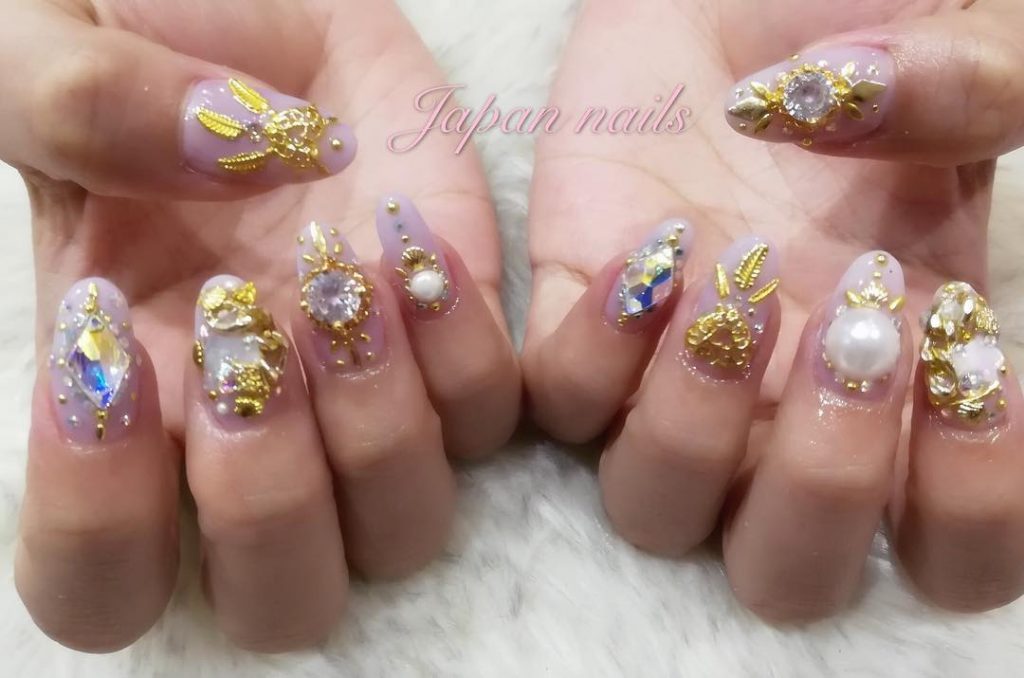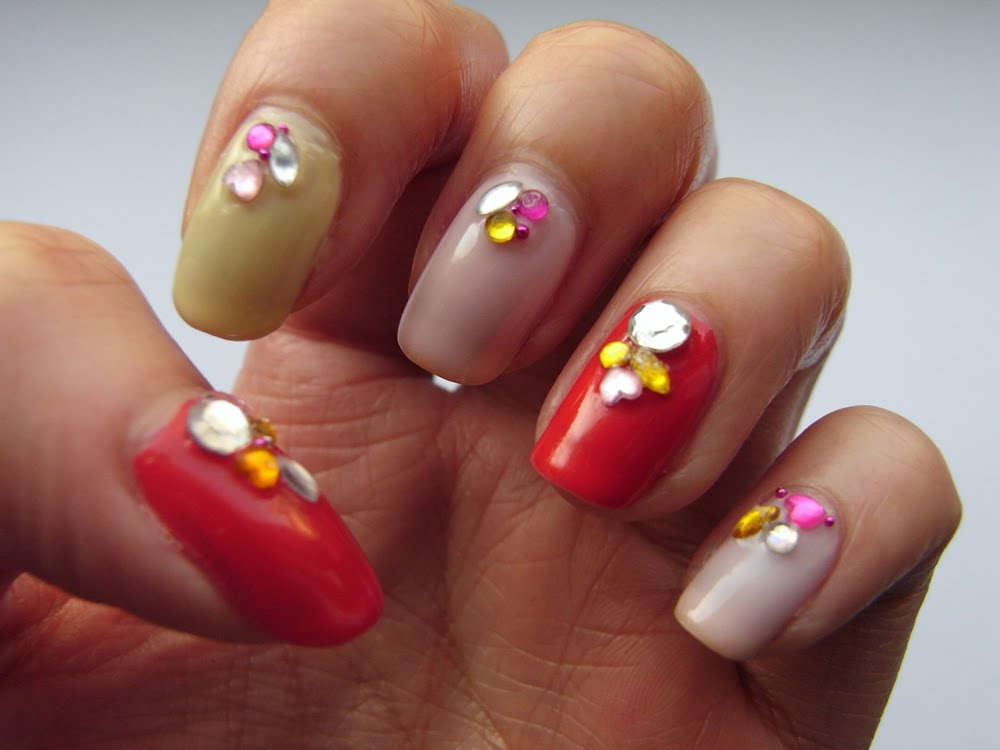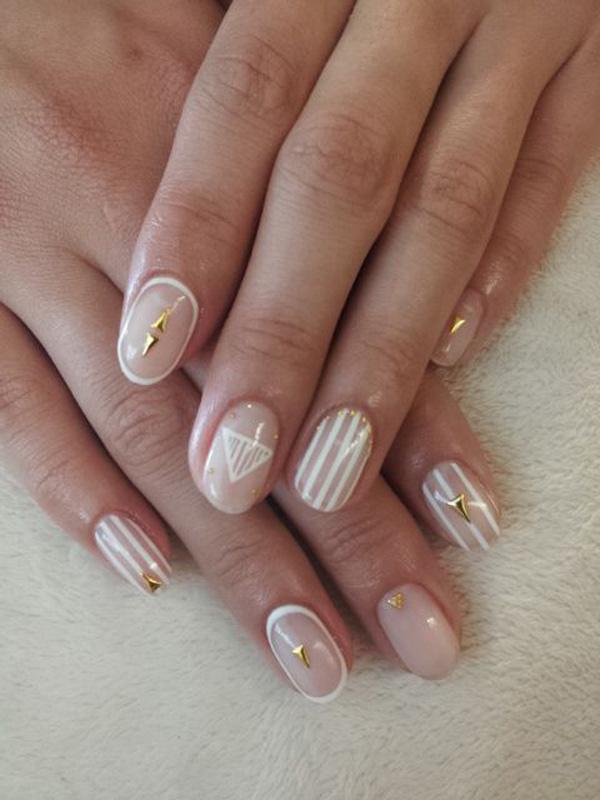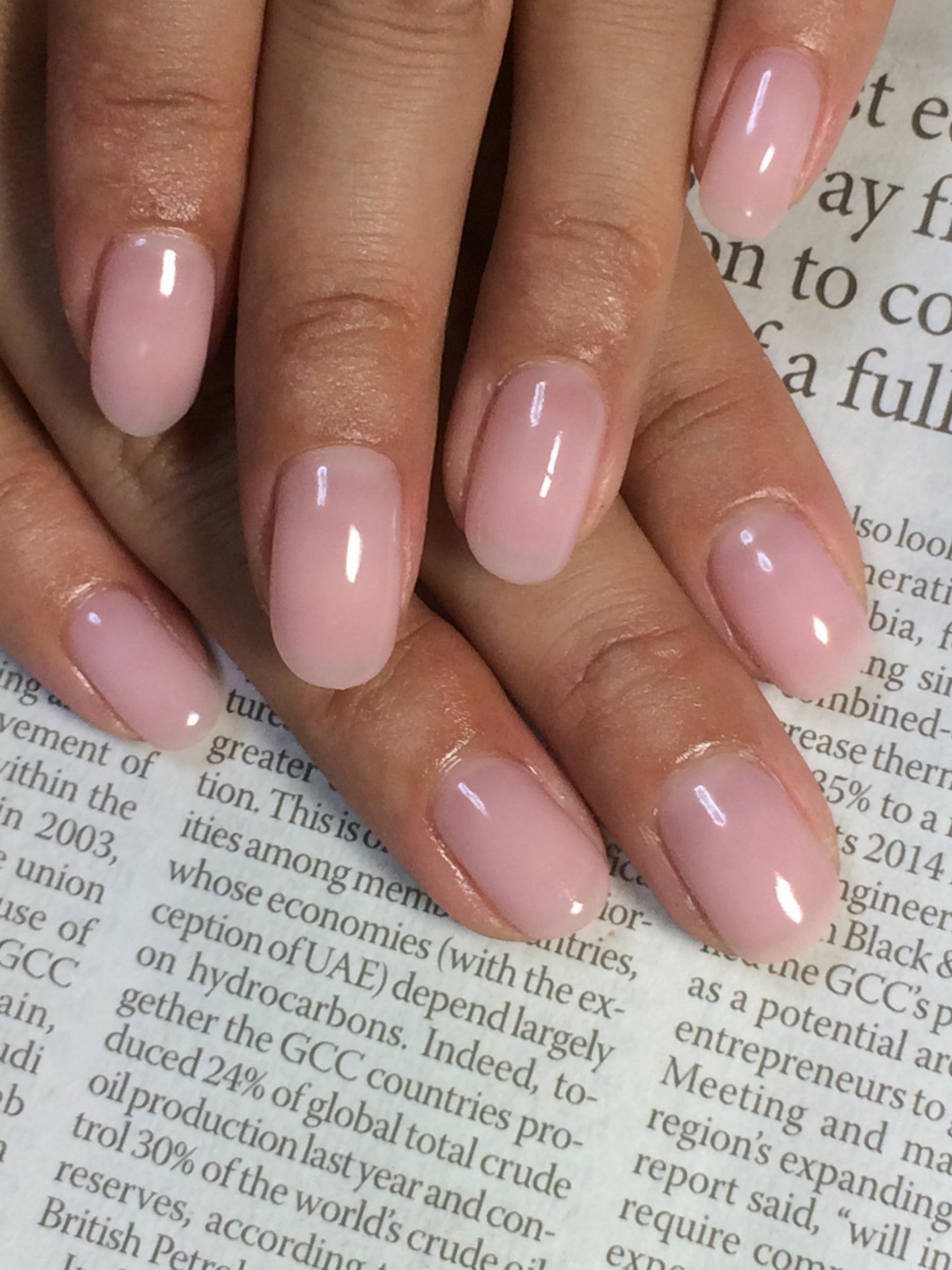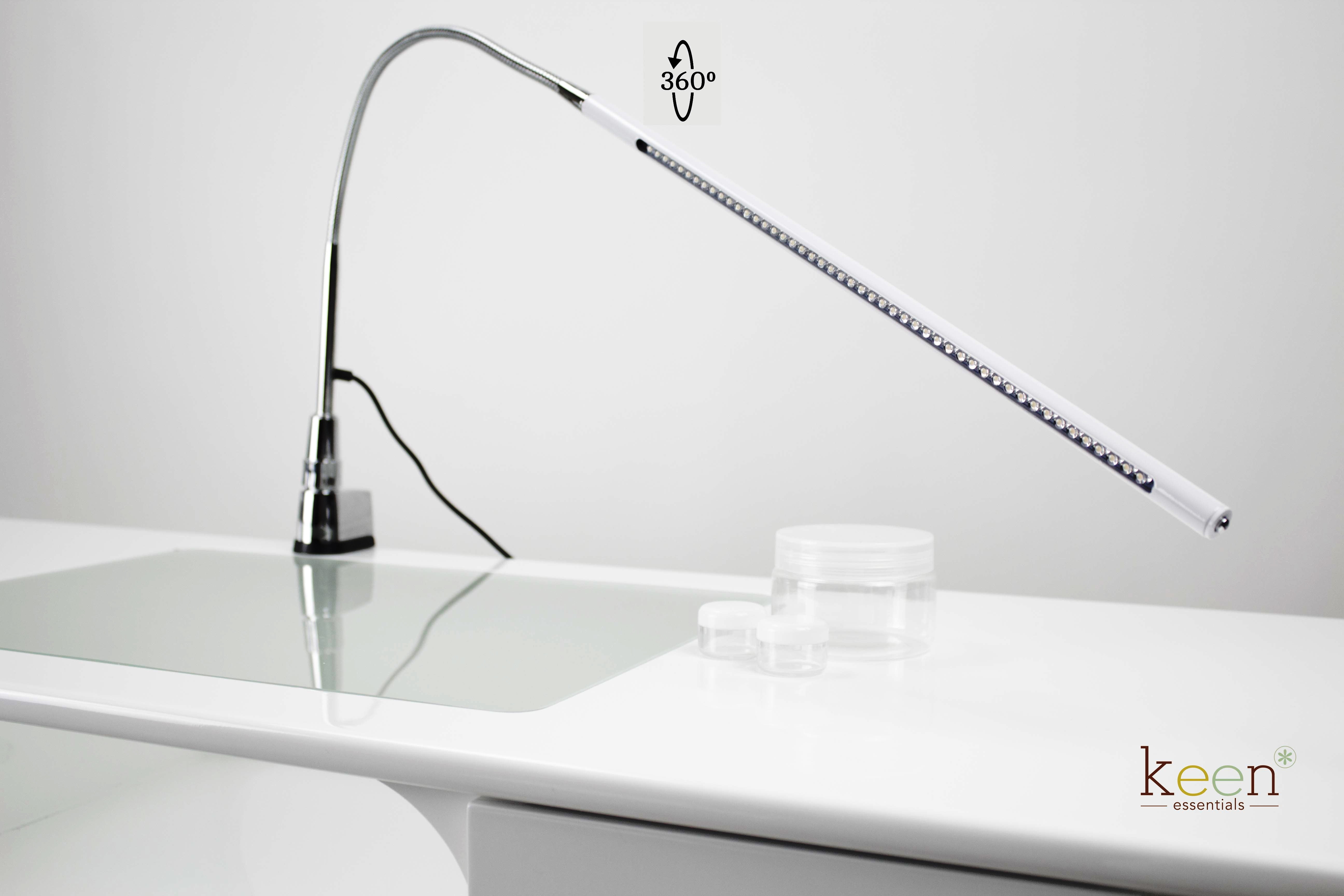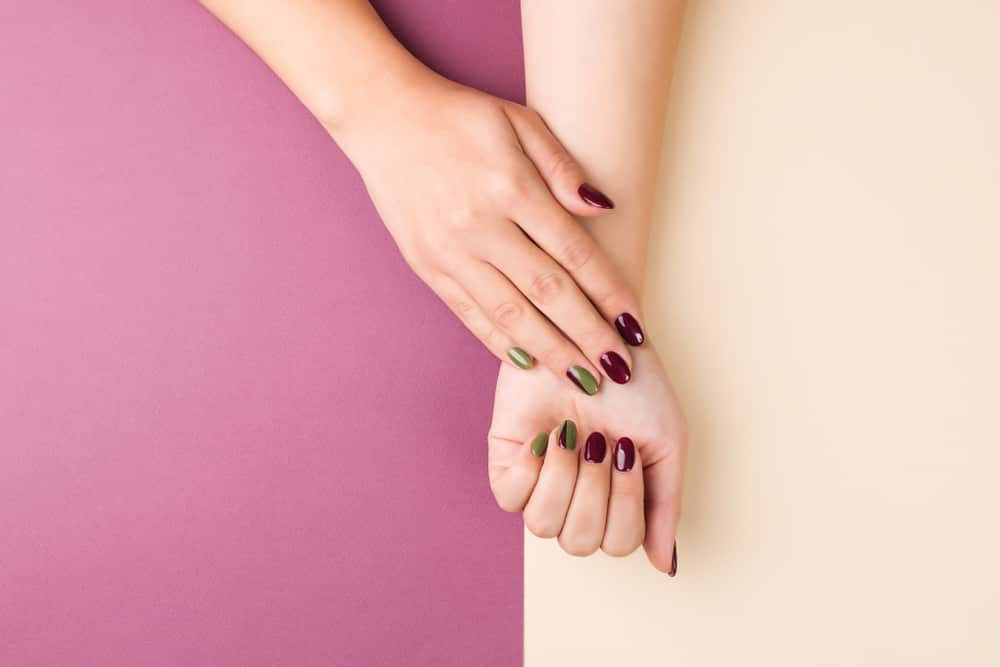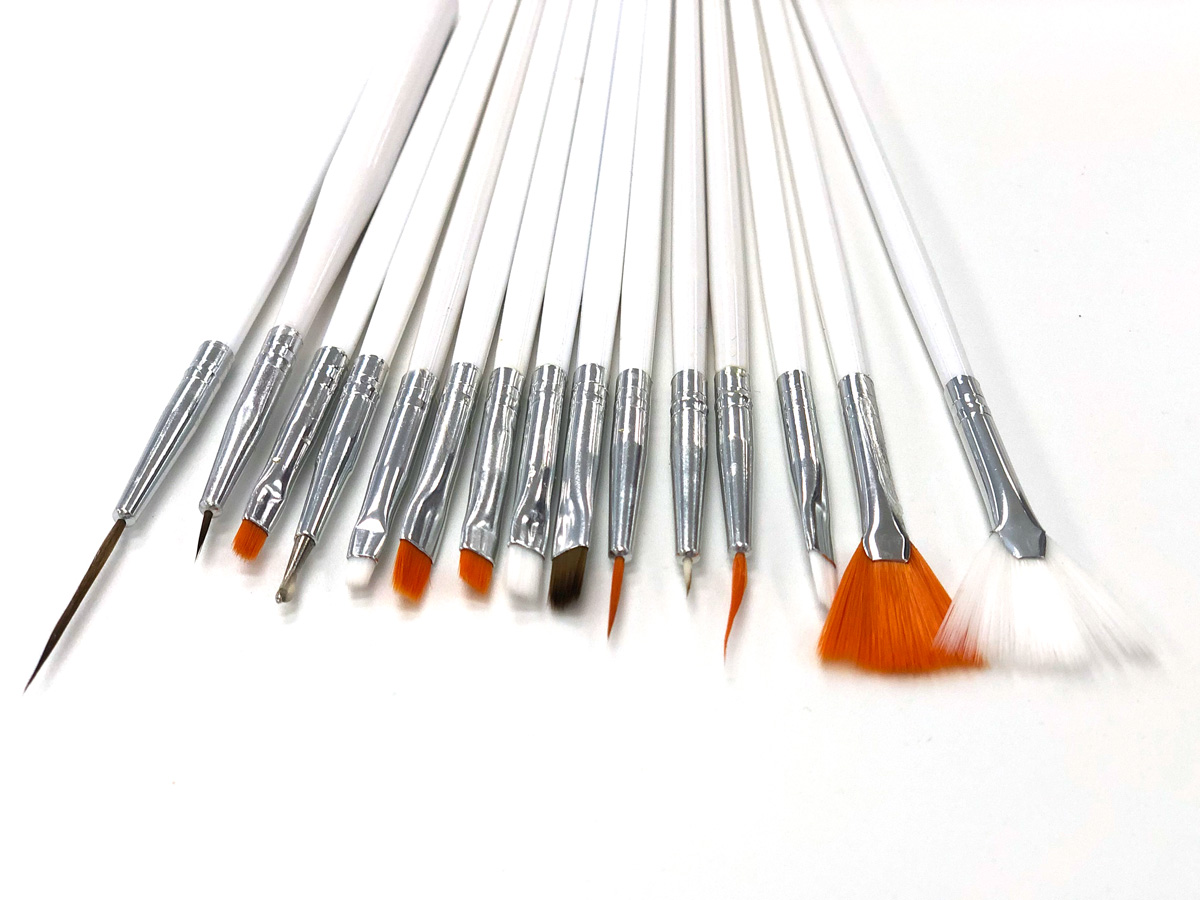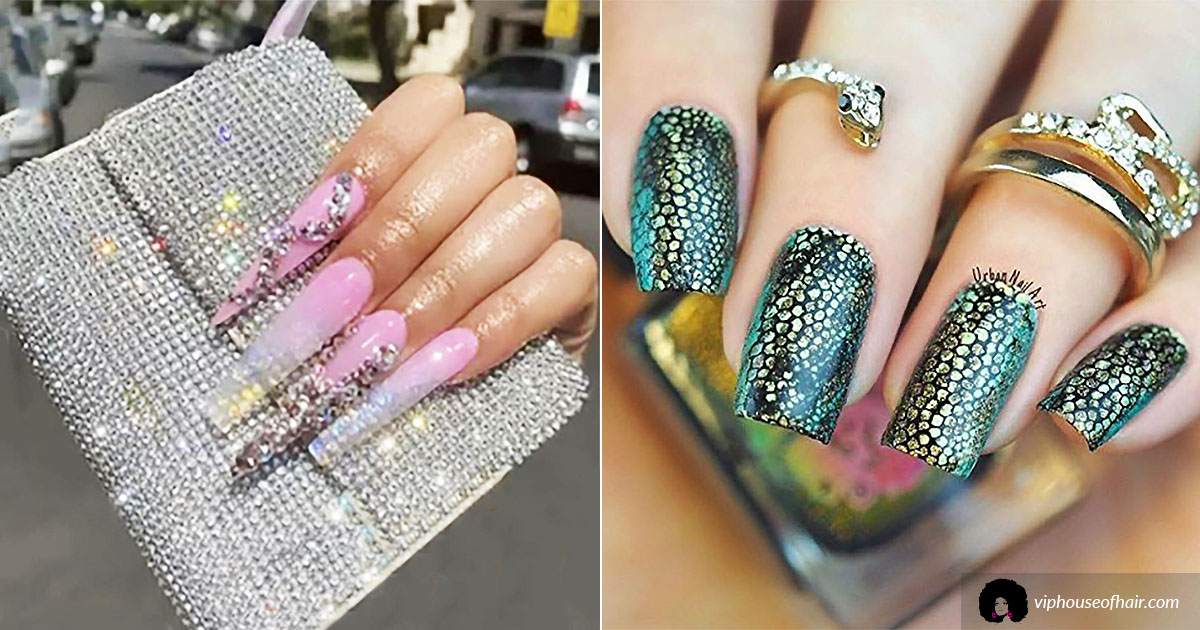Nail art in Japan has a long and rich history that dates back to the ancient times of the country. It is believed that the first form of nail art in Japan was seen during the Edo period (1603-1868), when women started using red and black nail polish made from natural ingredients. However, it wasn't until the 1970s and 80s that Japanese nail art gained international recognition as a form of self-expression and fashion. Today, Japanese nail art is known for its intricate designs and attention to detail, making it a popular trend all over the world.History of Japanese Nail Art
One of the most unique aspects of Japanese nail art is the use of various techniques to create stunning designs. One popular technique is called "3D nail art", which involves using acrylic and gel to sculpt different shapes and designs on the nails. Another technique is "embossing", where layers of gel are used to create a raised design on the nail. Other techniques include hand-painting, stamping, and using different types of glitter and crystals to add dimension to the design.Japanese Nail Art Techniques
Japanese nail art draws inspiration from various aspects of Japanese culture. Traditional designs often include motifs such as cherry blossoms, koi fish, and Japanese landscapes. These designs are usually done in muted colors and have a delicate and elegant look. Another popular traditional design is the use of intricate patterns and symbols, such as the lotus flower, which is associated with beauty and purity in Japanese culture.Traditional Japanese Nail Art Designs
The iconic geisha culture of Japan has also had a significant influence on Japanese nail art. Geishas are known for their elaborate hairstyles, makeup, and intricate kimonos, and their attention to detail has translated into nail art as well. Geisha-inspired designs often feature delicate flowers, intricate patterns, and bold colors, representing the grace and beauty of these traditional entertainers.Influence of Geisha Culture on Japanese Nail Art
Japanese nail art is constantly evolving, and there are always new trends emerging in the industry. One of the latest trends is the use of "cat's eye" gel, which creates a mesmerizing holographic effect on the nails. Another popular trend is the use of "chrome nails", where a shiny metallic finish is achieved by applying a special powder to the nails. Other trends include "gradient nails" and "ombre nails", where different shades of the same color are blended together for a gradient effect.Japanese Nail Art Trends
Japanese nail art has produced many talented and skilled artists, some of whom have gained international recognition. One of the most famous Japanese nail artists is Eichi Matsunaga, known for his intricate and detailed 3D nail art designs. Other notable artists include Manami Nishi, Yoko Sakakura, and Naomi Yasuda, who have all contributed to the popularity and creativity of Japanese nail art.Famous Japanese Nail Artists
In addition to the various techniques used in Japanese nail art, the materials used are also unique and of high quality. Japanese nail artists often use gel and acrylic products from reputable brands such as Tokyo's Nail Labo and Tokyo's Nail Quick. The use of high-quality materials helps to ensure that the designs last longer and maintain their vibrant colors.Materials Used in Japanese Nail Art
Japanese nail art is not just about creating beautiful designs, but it also holds symbolic meanings. As mentioned earlier, certain motifs and symbols are often used in traditional Japanese nail art designs. For example, the cherry blossom is a symbol of beauty, while the koi fish represents strength and perseverance. Other symbols like the crane, which represents longevity, and the dragon, which symbolizes power, are also commonly seen in Japanese nail art.Meaning Behind Japanese Nail Art Symbols
Japanese nail art has become so popular that there are now competitions held all over the country to showcase the skills of nail artists. The most prestigious competition is the Tokyo Nail Expo, which attracts thousands of visitors and showcases some of the most creative and intricate nail art designs. Other popular competitions include the Japan Nailist Association Cup and the Japan Nailist Association Grand Prix.Japanese Nail Art Competitions
While nail art is popular all over the world, Japanese nail art stands out for its attention to detail and intricate designs. Japanese nail art is also known for its use of 3D elements and unique techniques such as embossing and hand-painting. Western nail art, on the other hand, tends to focus more on bold colors and graphic designs. Japanese nail art also often incorporates traditional Japanese elements, while Western nail art is more diverse in its inspirations.How Japanese Nail Art is Different from Western Nail Art
The Art of Japanese Nail Art

A Unique Blend of Tradition and Modernity

When you think of Japanese culture, images of cherry blossoms, samurai warriors, and traditional tea ceremonies may come to mind. However, there is another aspect of Japanese culture that is gaining worldwide recognition – nail art. Japanese nail art is not just about painting nails with different colors and designs, it is a form of artistic expression that combines traditional elements with modern techniques. Here are some fascinating facts about Japanese nail art that will give you a deeper understanding of this popular trend.
The History of Japanese Nail Art

The origins of Japanese nail art can be traced back to the Heian period (794-1185 AD) when aristocrats used gold and silver dust to decorate their nails. During the Edo period (1603-1868 AD), women from the samurai class painted their nails with red and black colors to symbolize their status. Japanese nail art as we know it today started to gain popularity in the 1970s when nail salons began offering more diverse designs and techniques. It has since evolved into a highly competitive industry with new and innovative designs constantly emerging.
Traditional Elements in Japanese Nail Art

One of the unique features of Japanese nail art is the use of traditional elements in designs. For example, you may see intricate patterns inspired by kimono fabrics, traditional Japanese paintings, or even the famous cherry blossom trees. These designs not only showcase the artist's skill but also pay homage to Japan's rich cultural heritage.
Modern Techniques and Materials
While traditional elements are a significant part of Japanese nail art , modern techniques and materials have also played a crucial role in its evolution. Japanese nail technicians are known for their precision and attention to detail, using tiny tools and brushes to create intricate designs. They also use a variety of materials such as acrylics, gels, and 3D decorations to bring their designs to life.
Japanese Nail Art Around the World

The popularity of Japanese nail art has spread beyond Japan and is now a global phenomenon. Many nail technicians around the world have trained in Japan to learn the latest techniques and designs. Japanese nail art has also been featured in international fashion shows and magazines, further cementing its status as a form of art.
In conclusion, Japanese nail art is more than just a beauty trend – it is a beautiful blend of tradition and modernity that continues to captivate people around the world. Whether you are a nail art enthusiast or simply curious about Japanese culture, exploring the world of Japanese nail art is a journey that is sure to be filled with awe and inspiration.
